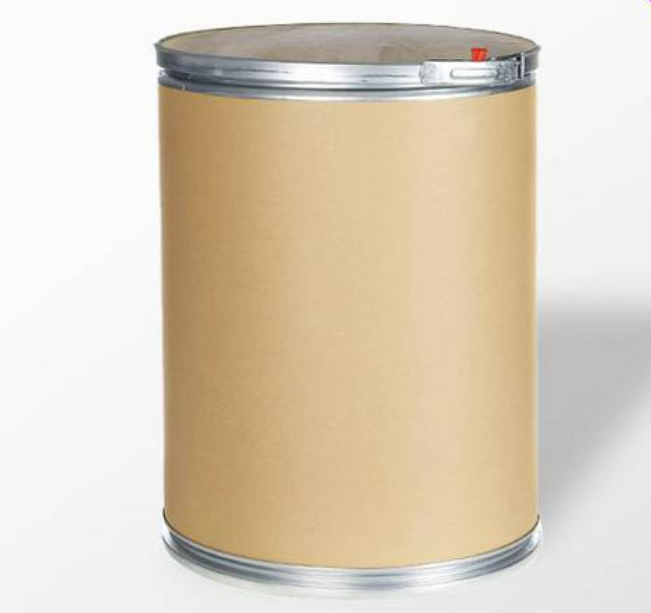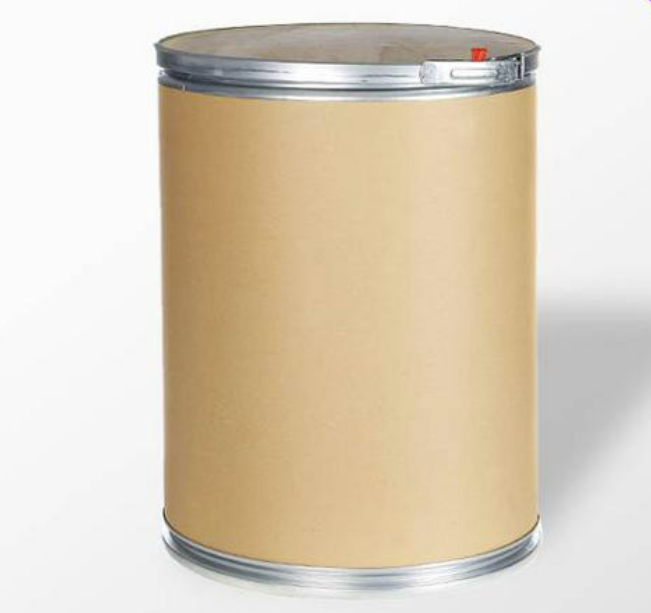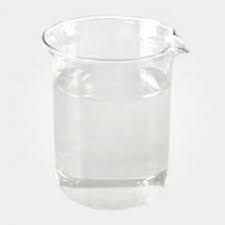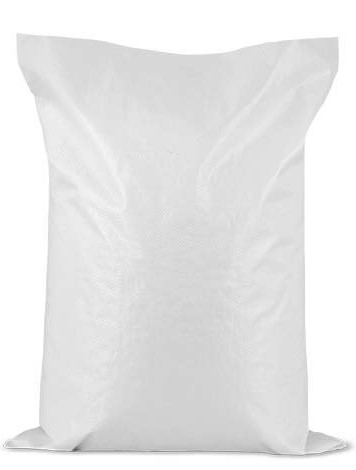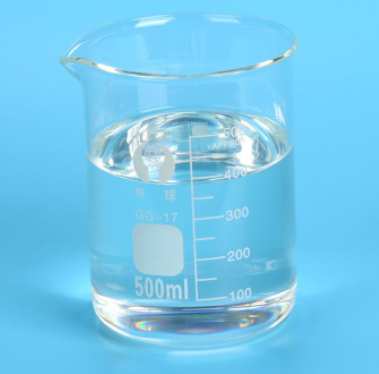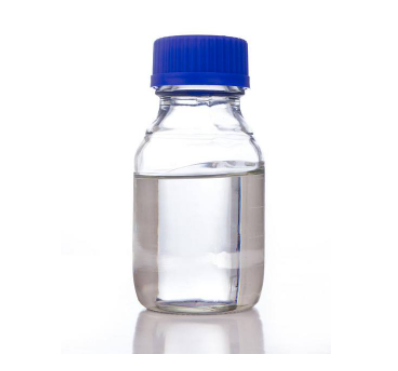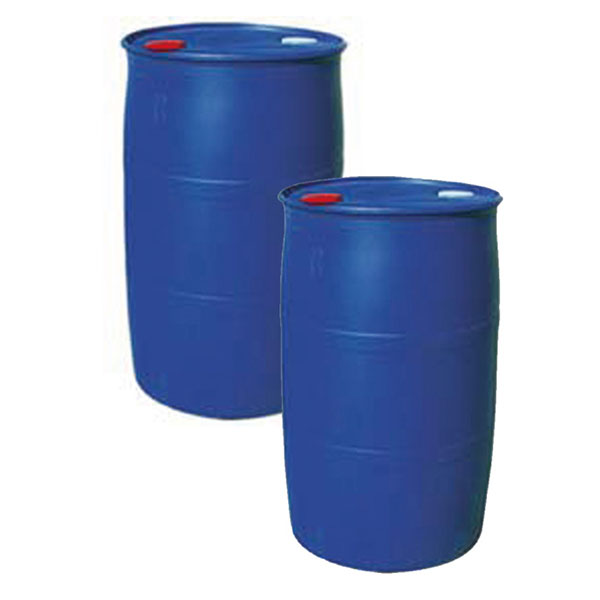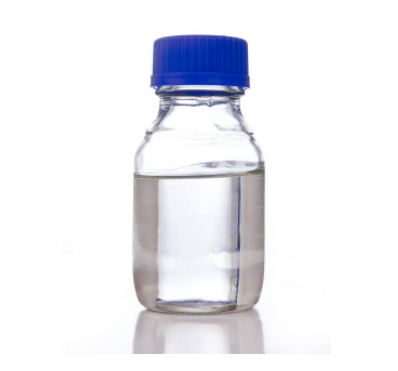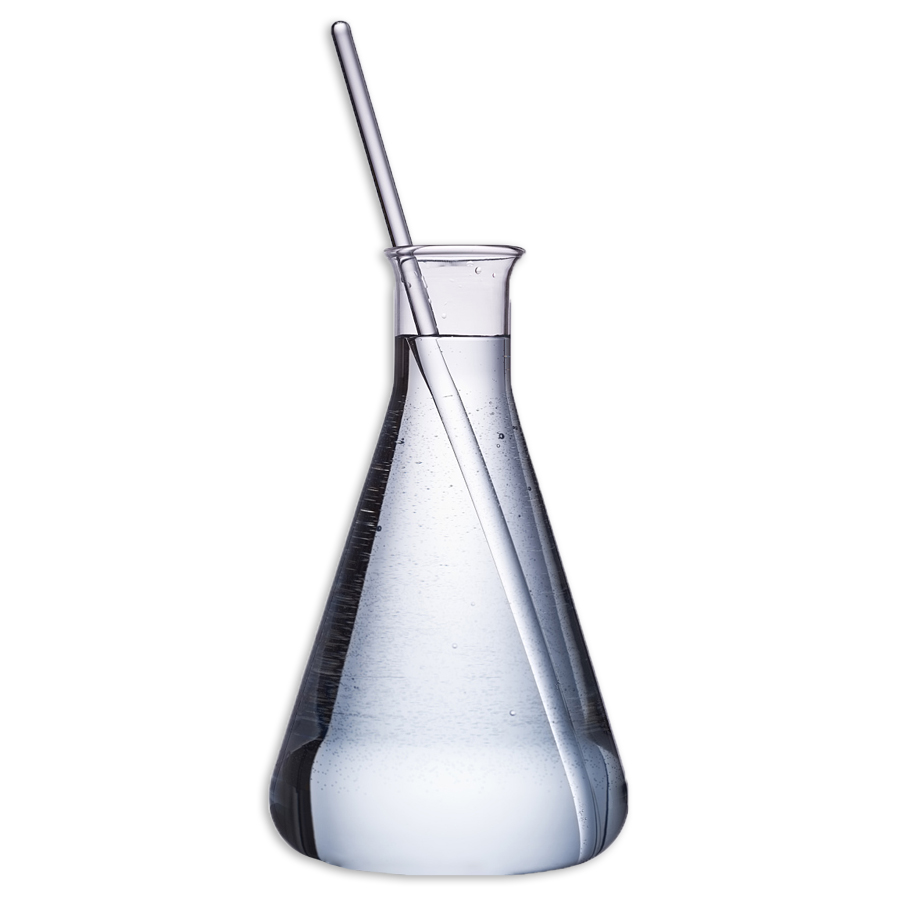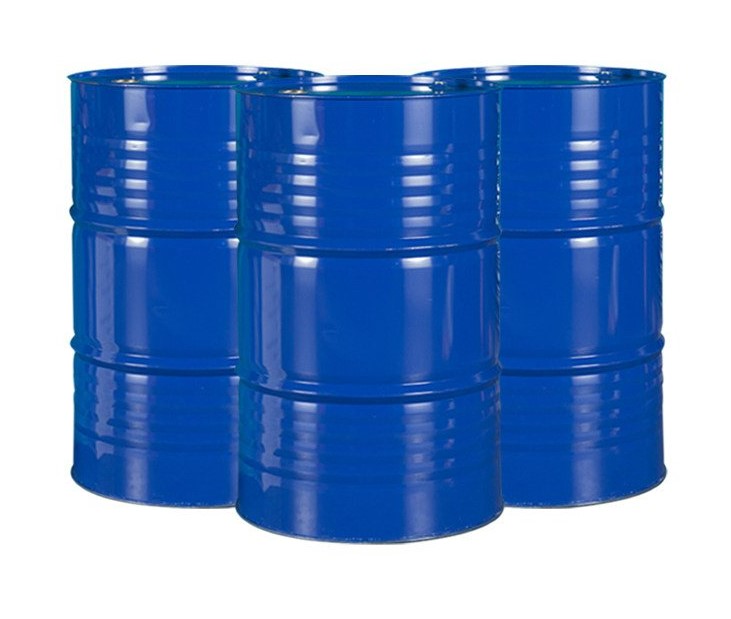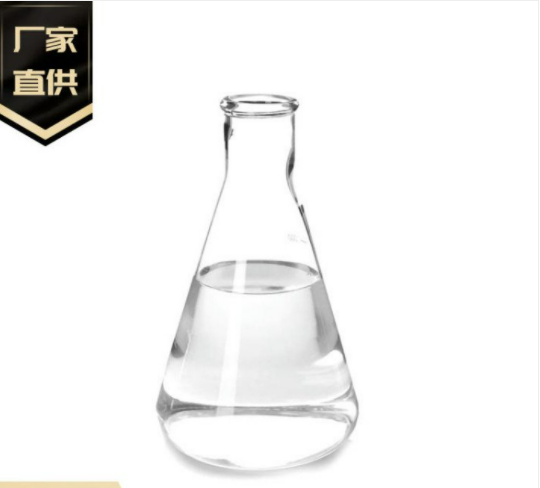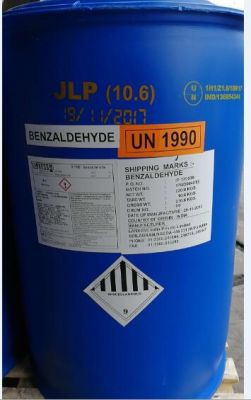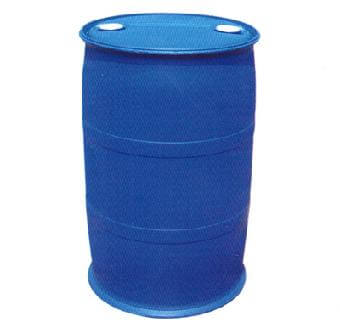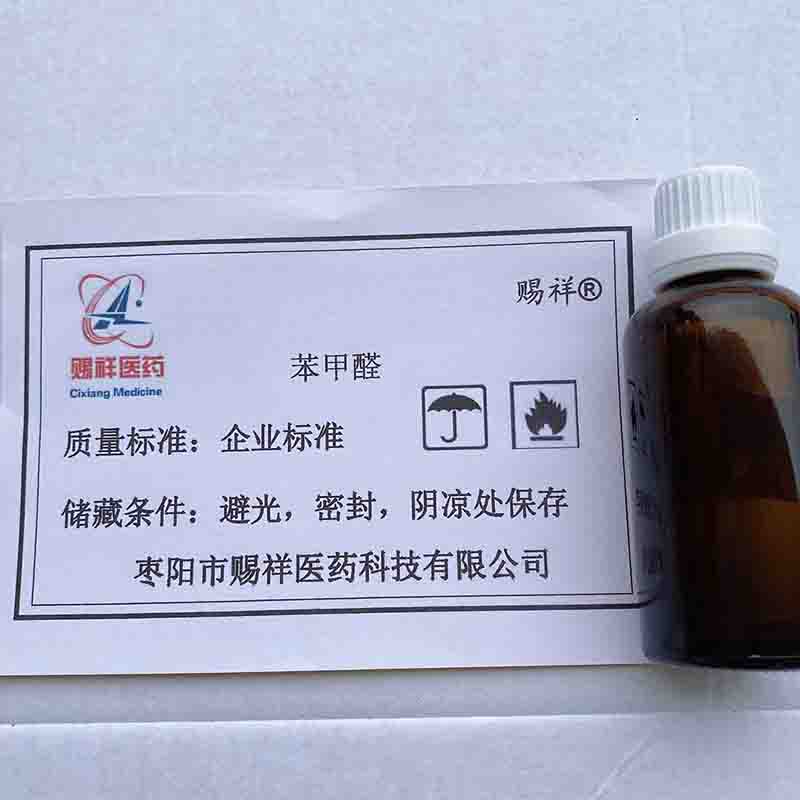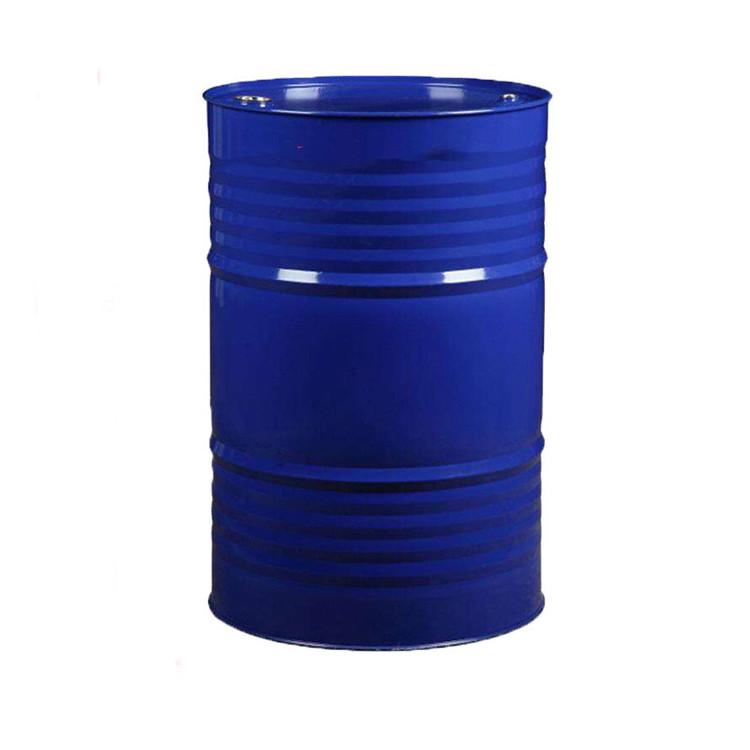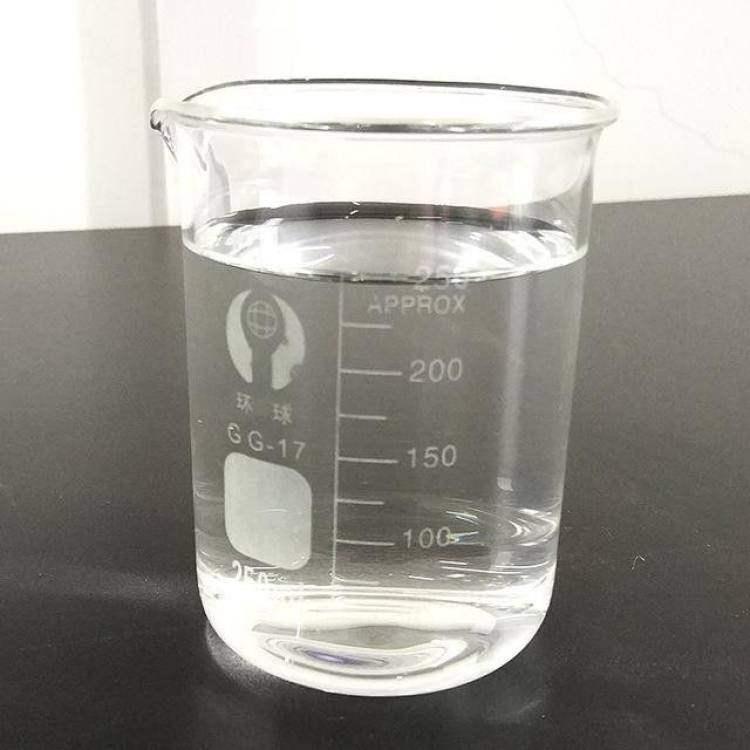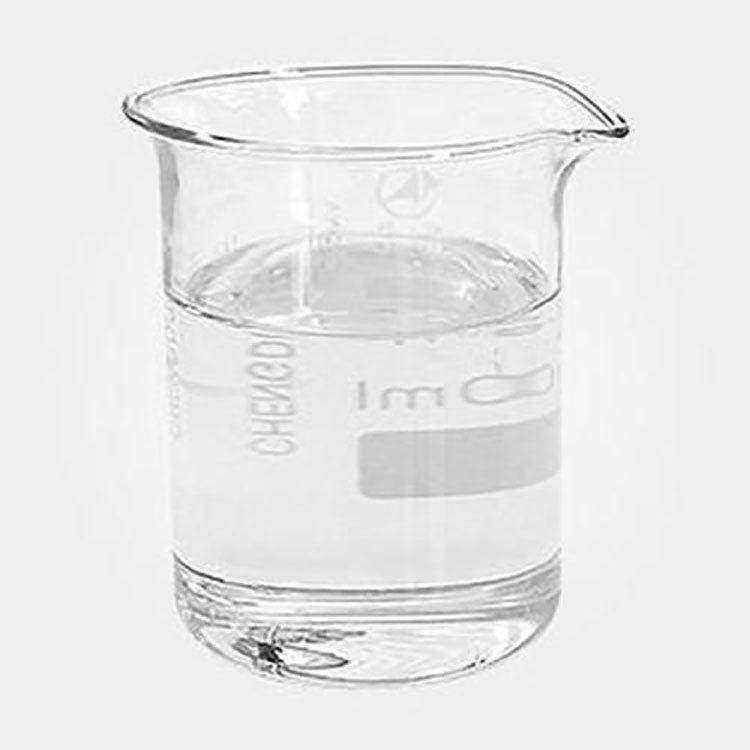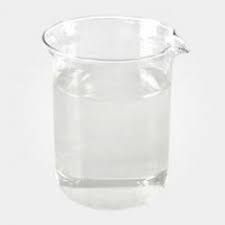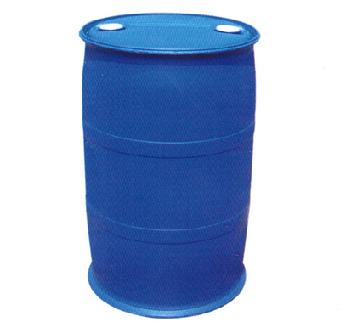Solvent
Find
369
related chemicals for you
CAS:120-83-2
Molecular Formula:C6H4Cl2O
Alias
More Information
2,4-Dcp; Dl-2,4,6-Trifluoro-Phe-Oh; 2,4-Dlchlorophenol; 2, 4-Dichlorophenol; 4,6-Dichlorophenol; 2,4-Di-Chlorophenol; 2,4-Dichloro-Pheno; 2,4,6-Trifluoro-Dl-Phenylalanine; 2,4-Cl-Ph-Oh; 2,4-Dichloropheno; 2,4-Dichlorphenol; Phenol, 2,4-Dichloro-; 2,4,6- Trifluoro -Dl-Phenylalanine; Isobac
Brief Introduction
2,4-Dichlorophenol is an important raw material for many pesticides and pharmaceutical intermediates. It can synthesize organophosphorus insecticides such as parathion, herbicide 2,4-D, 2,4-dibutyl ester, propafenone, 2,4-propafenone and new fungicide cyanobactam. It can be used as an important raw material of thiodichlorophenol in medicine.
Suppliers
View More Vendors (6) >
CAS:67-68-5
Molecular Formula:C2H6OS
Alias
More Information
Sulfinylbis (Methane); DMSO; Methane, Sulfinylbis-; (Methylsulfinyl)Methane; Methyl Sulfoxide
Brief Introduction
Dimethyl Sulfoxide is a highly polar organic liquid that is used widely as a chemical solvent and a free radical scavenger. It shows a range of pharmacological activity including analgesia and anti-inflammation. Because of its ability to penetrate biological membranes, it is used as a vehicle for topical application of pharmaceuticals. It is also used to protect cells and tissue during cryopreservation and has been used to treat extravasation damage caused by anthracycline-based chemotherapy.
Dimethyl sulfoxide appears as a clear liquid, essentially odorless. Closed cup flash point 192°F. Vapors are heavier than air. Contact with the skin may cause stinging and burning and lead to an odor of garlic on the breath. An excellent solvent that can transport toxic solutes through the skin. High vapor concentrations may cause headache, dizziness, and sedation.
Suppliers
View More Vendors (5) >
<Invalid Value>
99.9
/
Pharm Grade
225kg
/
Plastic Drum
<Invalid Value>
99.9
/
Pharm Grade
225kg
/
Plastic Drum
Alias
More Information
N-Butanol; Normal Butanol; Butan-1-Ol; N-Butyl Alcohol; Butan Alcohol; Butanol-1; N-Butul Alcohol; 1-Butyl Alcohol; Butylowy Alkohol; Butanol; Butyl Alcohol
Brief Introduction
This product is used as chromatographic reagent and also for organic synthesis. It is a permitted edible spice. It is mainly used for making banana, cream, whisky and cheese. It is also used as solvent and pigment diluent for extraction.
Suppliers
View More Vendors (5) >
CAS:100-52-7
Molecular Formula:C7H6O
Alias
More Information
Benzoylhydride; Benzyaldehyde; BALD; Phenylmethanal; Benzaldehyd; Benaldehyde; Phenylaldehyde; Benzene Carbonal; Benzaldeyde
Brief Introduction
Benzaldehyde, also known as benzoin aldehyde, is an organic compound formed after the hydrogen of benzene is replaced by aldehyde group. Benzaldehyde is the simplest and most commonly used aromatic aldehyde in industry. At room temperature, it is a colorless liquid with special almond smell. Benzaldehyde is a compound formed by the direct connection of aldehyde group and phenyl group. It was once called bitter almond oil because of its flavor similar to bitter almond. Benzaldehyde widely exists in the plant kingdom, especially in Rosaceae plants. It mainly exists in the form of glycosides in the stem bark, leaves or seeds of plants, such as amygdalin in almond, cherry, laurel leaves and peach kernel. Benzaldehyde naturally exists in almond oil, agastache oil, hyacinth oil, Ylang Ylang Ylang oil and other essential oils. Benzaldehyde is an important raw material for medicine, dyestuff, perfume and resin industry. It can also be used as solvent, plasticizer and low temperature lubricant. In the flavor industry, it is mainly used for the deployment of food flavors. It is used in flavoring and tobacco flavors. Although widely used as commercial food condiments and industrial solvents, benzyl alcohol is mainly used in the synthesis of a variety of other compounds ranging from pharmaceuticals to plastic additives. Benzyl alcohol is also an important intermediate product in the production of perfume, perfume and synthetic aniline dyes.
Suppliers
View More Vendors (5) >
CAS:106-43-4
Molecular Formula:C7H7Cl
Alias
More Information
1-Chloro-4-Methylanthraquinone; 4-Methyl-Chlorobenzene; 4-Chloro-1-Methyl-Anthraquinone; P-Tolyl Chloride; 1-Methyl-4-Chlor-Anthrachinon; 9,1-Chloro-4-Methyl; 1-Chloro-4-Methyl-9,10-Anthraquinone; P-Chlorotoluene; 4-Chlor-1-Methyl-Anthrachinon; 9,10-Anthracenedione,1-Chloro-4-Methyl; Para-Chlorotoluene; 1-Chloro-4-Methyl-9,10-Dihydro-9,10-Anthracenedione; Benzene, 1-Chloro-4-Methyl-; 1-Chloro-4-Methylbenzeene; 4-Tolyl Chloride
Brief Introduction
P-chlorotoluene is the intermediate of fenvalerate, Paclobutrazol, Uniconazole, trifluralin, chlorpyrifos, and so on. It can also be used to produce p-chlorobenzaldehyde, which is used as dye and pharmaceutical intermediate. The p-chlorobenzoyl chloride is the intermediate of xiaoyantong, and the p-chlorobenzoic acid is the raw material of dye and textile finishing agent.
Suppliers
View More Vendors (5) >
Inquiry (
10
/ 10
)
Clear All
You can inquire for up to 10 products at a time
Sign In
Error!


